I find it ironic that today you see very few Blacks featured in advertising, but at the turn of the last century Black faces were used to sell everything from chemicals to oysters. Everyone is familiar with Aunt Jemima (Pancakes and Syrup), Rastus (Cream of Wheat) and Uncle Ben (Rice), but there were many who preceded and followed this famous trio of Black pitch people.

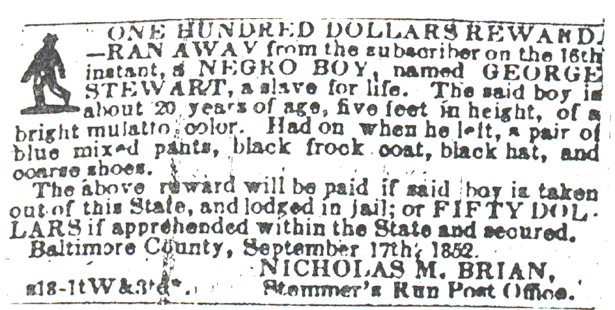
 Blacks were first featured in slave advertising in the 1600’s. These ads were created for the purpose of selling slaves and recapturing of runaway slaves. Slave ads ran in newspapers through 1863, when Slaves were emancipated.
Blacks were first featured in slave advertising in the 1600’s. These ads were created for the purpose of selling slaves and recapturing of runaway slaves. Slave ads ran in newspapers through 1863, when Slaves were emancipated.
Post civil war, with the advent of color lithography in the 1870’s, Black faces began appearing in all kinds of product advertising, such as: trade cards (like baseball cards, given out with the purchase of products), advertising cards (postcards), advertising stamps (stamps with poster images on them), ink blotters (given out free with the purchase of other products), bottles, boxes, product labels and product tins.
Ads featuring Blacks flourished at the turn of the century, during the industrial revolution, when a significant number of new products were produced by factories. Some of these ads featured products that included the word nigger in the name or they included the word in the copy. Many ads incorporated imagery that reflected the following themes: exaggerated facial features, African cannibalism, Blacks who wanted to be white and Black children as picanninies.
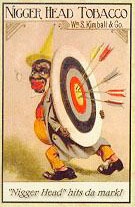 These forms of advertising were eventually replaced by magazines and television. After the civil rights movement allot of the blatantly negative and stereotypical images disappeared as companies started to target Black consumers with their ads.
These forms of advertising were eventually replaced by magazines and television. After the civil rights movement allot of the blatantly negative and stereotypical images disappeared as companies started to target Black consumers with their ads.
I do not collect slave advertising or many of the early forms of Black ads. I prefer to collect product labels and product tins from the pre-civil rights period. Some people will find these ads racist and offensive while others may appreciate them for their artwork and creativity. Any way you judge them, I believe that they are important historical artifacts to preserve as a reminder that this type of advertising should never be tolerated again. Although when you look at some of the buffoonish images of Blacks in advertising today, you wonder if anyone has been paying attention to the lessons of the past.
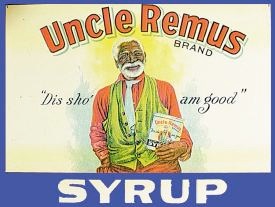 Aunt Jemima was the first Black trademark used to promote a product in 1889. One hundred years later she received her first make over, taking her from a mammy in a slave master’s kitchen to a sophisticated business lady hawking her wares.
Aunt Jemima was the first Black trademark used to promote a product in 1889. One hundred years later she received her first make over, taking her from a mammy in a slave master’s kitchen to a sophisticated business lady hawking her wares.
Good ole‘ Rastus became the face on the Cream of Wheat box back in 1890. His image was supposed to represent a Black chef. However, back then the name “Rastus” was an offensive term for Black men. His images has remained relatively unchanged since the 1920’s.
Then there is my man, Uncle Ben. He was actually a real person, an award winning Black rice farmer from Houston, Texas. So the idea for Uncle Ben was based on this deceased Black farmer. However, the image used on the package was not that of the real Uncle Ben, but of a Black hotel maitre d’. Uncle Ben first appeared on the rice package in 1943. In 2007, 44 years after he first appeared on the package, Uncle Ben got promoted to Chairman of the Board, with his own corner office and everything!
To me, all of these images really represent slaves and servants fresh off of the plantation. But again, they were not the only offensive uses of Blacks in advertising. Here are some others.
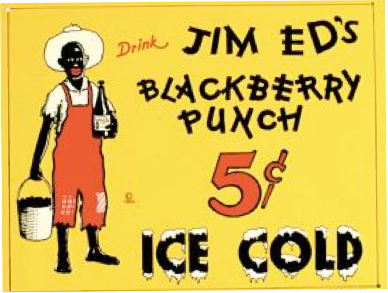
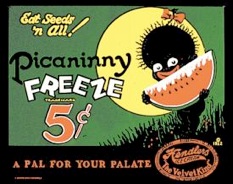
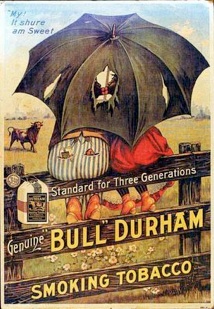
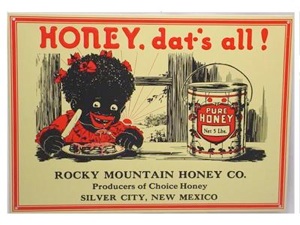
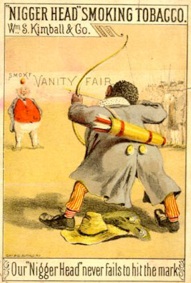
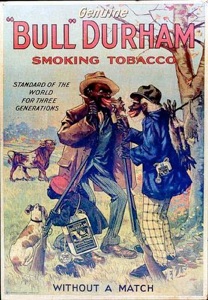

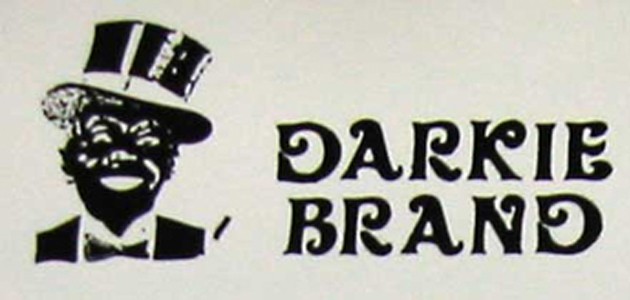


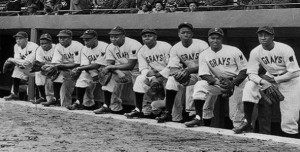

2 Comments
My dad used to tell me about the Gold Dust Twins. I finally found a copy online and printed it out for him.
I understand there are conventions for this kind of memorabilia…
https://www.google.com/search?q=gold+dust+twins&hl=en&safe=off&client=firefox-aurora&hs=0qM&rls=org.mozilla:en-US:unofficial&prmd=imvns&tbm=isch&tbo=u&source=univ&sa=X&ei=_6xvUO7uKqafyAHViIGQBg&ved=0CDgQsAQ&biw=1024&bih=639
I’m looking for the niggerhead trading cards can you help